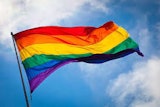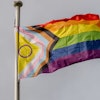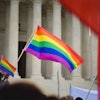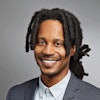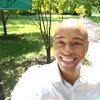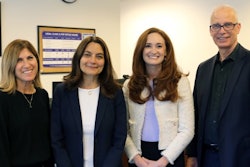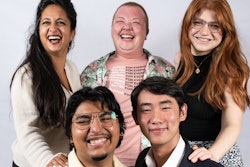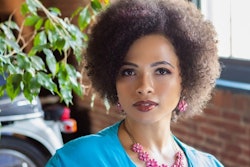Despite the progress being made towards promoting racial diversity among faculty, staff and students, there is still a lot of ground to be covered. Defining diversity can be difficult, as it can include traditional notions like race and ethnicity, but also encompass physical disabilities, sexual orientation and age.
Dr. Karen Dace, deputy chancellor for diversity, access and equity at the University of Missouri-Kansas City, says that although affirmative action has created more diverse institutions, there first needs to be a receptivity and an appreciation for diversity.
So with a tenured or tenure-track faculty that is more than 80 percent White, UMKC implements diversity though a year-long curriculum infusion program. Faculty members receive a stipend to take the course, with the goal that they will incorporate what they’ve learned into their classrooms. Approximately 60 to 70 faculty, representing a variety of disciplines, meet in September, armed with spring course syllabi. Participants, who are given several days of instruction about curriculum theories related to the instruction of diverse learners, must give oral presentations of a proposed diversity-infused curricula.
Ultimately, program participants learn ways to incorporate multicultural content into their courses. At the end of the spring semester — after teaching their revised course — participants reconvene, presenting their results and discussing successes and areas needing improvement.
One of the program’s participants was Dr. Susan Adler, chair of curriculum and instructional leadership at UMKC’s School of Education.
“My goal is to see my students talk about meeting learners’ needs that take into account race, class, culture and not just a variety of learning styles,” she says.
Through the program, Adler and a colleague, multicultural and Latino issues professor Juan Carlos Gonzalez, decided to co-teach a cultural diversity course. “We bring diverse perspectives — I’m an older, White, Jewish woman from New York; Juan Carlos is a younger, Hispanic male from California,” she says.
Adler says the participants learned the importance of knowing “we are all gendered, racial, cultural beings. We’ve been working with our students on knowing themselves, and we share more about ourselves than we might have otherwise. It’s a difficult course to teach — there is resistance — but we are learning a lot from the process.”
Dr. Linda Edwards, UMKC’s dean of the School of Education, says the impetus for these programs and workshops has been to correct some of the university’s past mistakes.
“We’re in the middle of a fairly sizeable urban area, and we don’t have the reputation of promoting the success of students of color,” she says. “A large population of our students reside within the city, and historically we did not serve this population well.” To help overcome that history, Edwards led the development of the School of Education’s Institute for Urban Education. The institute’s four-year undergraduate program leads to a degree in elementary or middle school education, focusing on teaching math, science and literacy in urban schools.
But as Edwards has discovered, the work is not done once diversity is “achieved.” “Once a diverse faculty member is here, we have to interact,” she says.
Easier said than done. In the School of Education, “we achieved diversity [among the faculty], but we noticed we weren’t talking about the deep issues,” Edwards says. “As a result, a lot of things got buried and did not get resolved.”
So Edwards implemented “The Change Team” to help faculty resolve interpersonal issues and address issues of various forms of diversity.
Based on a school climate survey circulated every June, Edwards says there has been a marked improvement over the past five years. Faculty say they enjoy their jobs more and have noticed a more welcoming university environment.
Dace, who is responsible for developing new diversity initiatives and strengthening current ones, says Edwards’ successful model is the template for a similar universitywide program.
“We are also trying to implement a staff diversity advocate program to empower staff to run training programs with other staff. That’s the option — you discuss differences and have a conversation, or you explode,” she says.
In addition, Dace and Edwards agree that campus diversity efforts include not just attracting a diverse work force and student body but also making sure that, for example, university Web sites and other communications reflect the institution’s commitment to diversity with images and content.
— By Dina Horwedel
There are currently 0 comments on this story.
Click here to post a comment.
© Copyright 2005 by DiverseEducation.com
